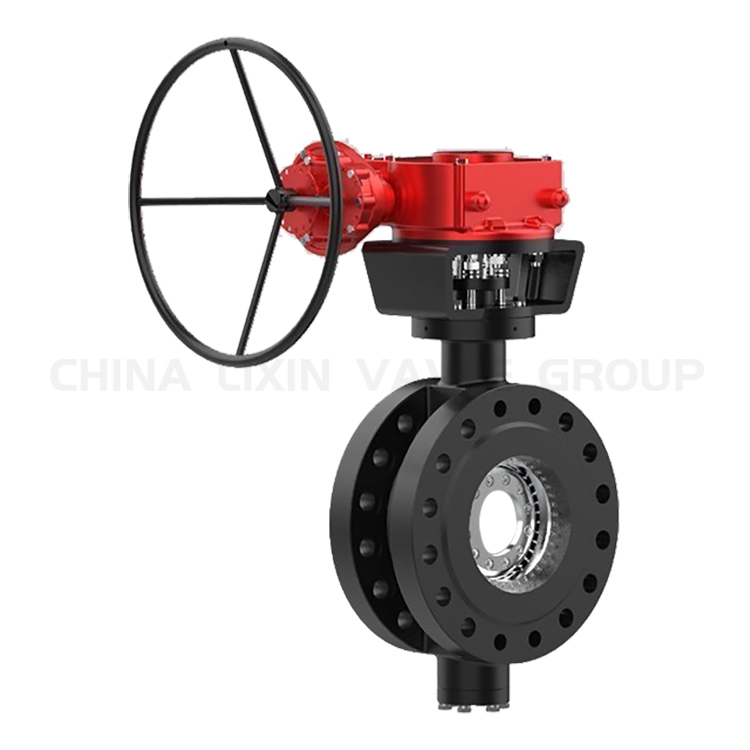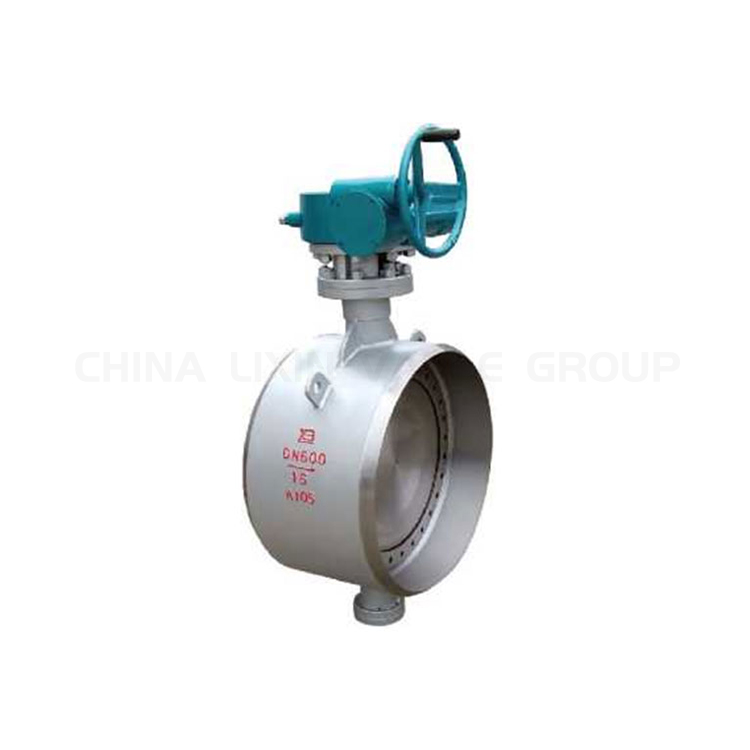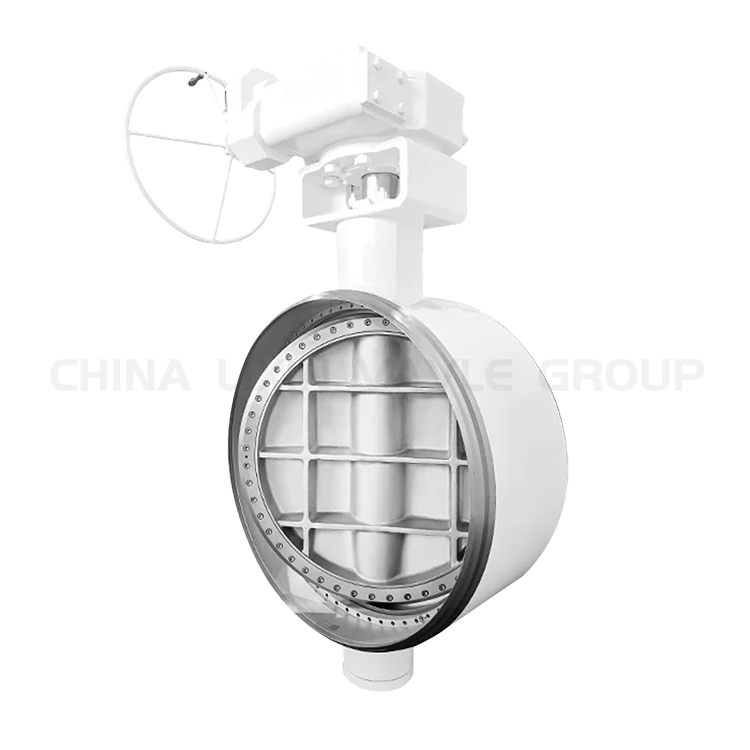Triple Offset Butterfly Valve vs. Traditional Butterfly Valve: How To Choose?
When it comes to flow control in industrial applications, butterfly valves are a popular choice due to their compact design and ease of operation. However, there are different types of butterfly valves available, each with its own advantages and disadvantages. This blog post will focus on the triple offset butterfly valve and compare it to the traditional butterfly valve, helping you make an informed decision for your specific needs.
Traditional Butterfly Valves: Simple but Limited
Traditional butterfly valves consist of a disc that rotates around a central axis, opening and closing the passage for flow. While they are cost-effective and easy to install, they have some limitations:
Higher torque requirements: Due to the disc rubbing against the seat during operation, traditional butterfly valves require more torque to open and close, especially at higher pressures.
Seat wear: The constant rubbing of the disc against the seat leads to wear and tear, reducing the valve’s lifespan and potentially causing leaks.
Limited pressure rating: Traditional butterfly valves are not ideal for high-pressure applications due to the limitations of their design.
Triple Offset Butterfly Valves: Engineered for Performance
Triple offset butterfly valves address the limitations of traditional designs by incorporating three distinct offsets:
Disc offset: The disc is offset from the center of the valve body, minimizing contact with the seat and reducing friction.
Stem offset: The stem is offset from the disc’s centerline, further reducing friction and improving sealing.
Seat offset: The seat is angled, allowing for a cam-like action that lifts the disc away from the seat as it opens and presses it firmly against the seat when closed.
This triple offset butterfly valve design offers several advantages:
Lower torque requirements: The reduced friction translates to lower torque requirements for operation, making them suitable for automated systems.
Reduced seat wear: Minimal contact between the disc and seat minimizes wear, extending the valve’s lifespan and ensuring reliable sealing.
Higher pressure ratings: The robust design and tight seal allow triple offset butterfly valves to handle higher pressure applications.
Improved flow characteristics: The offset design provides a more streamlined flow path, reducing turbulence and improving efficiency.
Choosing the Right Valve: Factors to Consider
When choosing between a triple offset and a traditional butterfly valve, consider the following factors:
Pressure rating: If your application involves high pressure, a triple offset valve is the better choice.
Torque requirements: If your system has limited torque availability, a triple offset valve will be easier to operate.
Valve lifespan: If long-term reliability and minimal maintenance are crucial, a triple offset valve’s reduced wear offers an advantage.
Cost: Traditional butterfly valves are generally cheaper upfront, but the longer lifespan and lower maintenance costs of triple offset valves can make them more cost-effective in the long run.
Ultimately, the best choice depends on your specific application and priorities. By understanding the differences between triple offset and traditional butterfly valves, you can make an informed decision that ensures optimal performance and reliability for your needs.
For More Detailed Information, Visit: Lixin Valve Group










